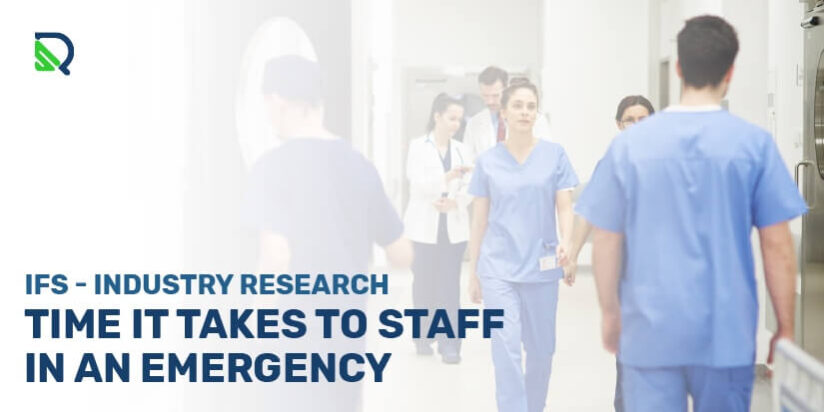When a public health emergency (PHE) occurs, ensuring your medical facilities are effectively staffed is crucial to preventing unnecessary risks to patients’ health and safety. While it is common for hospitals to be stretched to their limits during a PHE, following the Four S’s can help alleviate these challenges.
Staff: Utilizing temporary staffing and volunteers can help mitigate the shortage your medical facility might be experiencing. Consider off-loading typical nurse duties that do not require medical training to non-nursing staff. Calling on retired nurses to help during the crisis is also a response many facilities employ during a PHE. Other resources that can be utilized during a disaster include third party response teams like the American Red Cross, National Disaster Medical Assistance Teams (NDMAT) or other Federal resources of the National Disaster Medical System.
Stuff (PPE, equipment, supplies, medicine): Procuring medical supplies, equipment and medicine can be a challenge when a disaster hits. Having an adequate stockpile can buy time for your facility to procure more supplies to ensure the safety of your staff and patients. During the first part of the COVID-19 pandemic, PPE was in short supply and careful use of supplies became the norm. Innovative companies developed ways to sterilize N95 respirators, allowing them to be utilized multiple times, prolonging the supply.
Structure (facilities, space): If your facility has been damaged by a natural disaster such as a flood, hurricane or tornado, creating a temporary structure to treat patients becomes your priority. The US Department of Health and Human Services (HHS) is able to assist hospitals in setting up medical facilities in the event of a PHE.
Systems (policies and procedures): Most medical facilities employ an incident command structure when facing a PHE. This team evaluates the needs of the patients with the resources of the facilities. Decisions they make include: discharging non-critical patients to other regions or facilities, postponing or cancelling elective procedures and balancing staffing needs.
While creating an emergency preparedness plan is required by law for hospitals, facilities may still find themselves struggling with staffing shortages during a PHE. Utilizing a third party staffing agency such as RapidStaff can help alleviate the crunch of not having enough nurses, allied health staff or even back-office staff. If you are interested in learning how RapidStaff can assist you with your emergency staffing needs, visit us at RapidStaff.com.




